Montenegro’s UNESCO sites are a testament to its rich history and breathtaking natural landscapes. Let’s explore these marvels in detail.
Montenegro's UNESCO Heritage Sites
UNESCO World Heritage Sites in Montenegro
Montenegro, a gem in the heart of the Balkans, is a tapestry of historical narratives and natural splendors. With its captivating UNESCO World Heritage Sites, this country offers a journey through time and nature. This blog, brought to you by CUE Podgorica, a premier hotel in Montenegro’s capital, invites you on an enchanting adventure to explore these sites, each a chapter in the story of human and natural history.
UNESCO Heritage Sites are globally recognized for their outstanding universal value, showcasing human genius or natural beauty. They represent the pinnacle of our planet’s cultural and natural heritage. A site must meet stringent criteria set by UNESCO, reflecting its significance in terms of history, culture, aesthetics, or scientific importance. These sites are not just tourist destinations; they embody the essence of human civilization and natural wonders, deserving preservation for posterity.
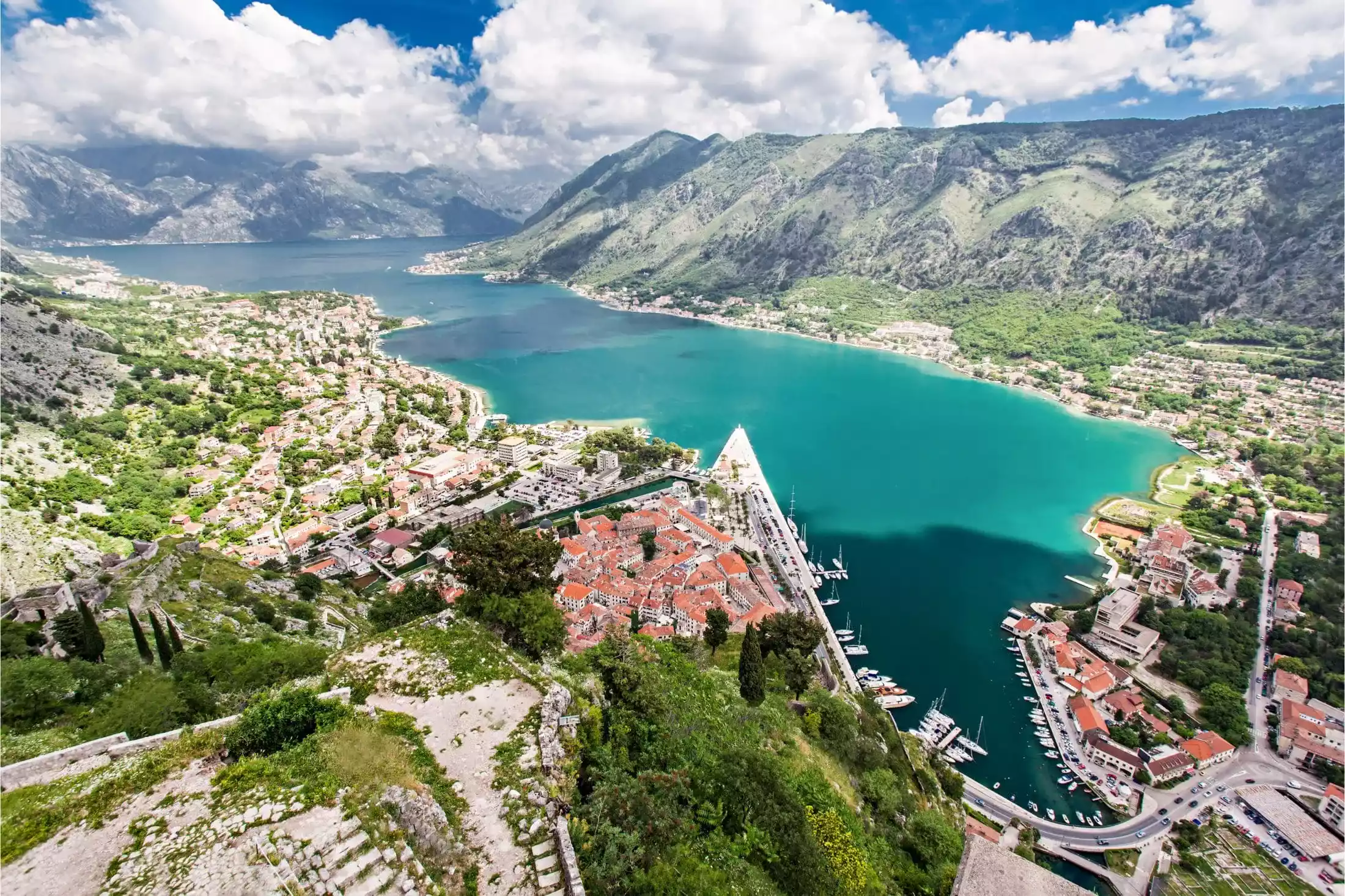
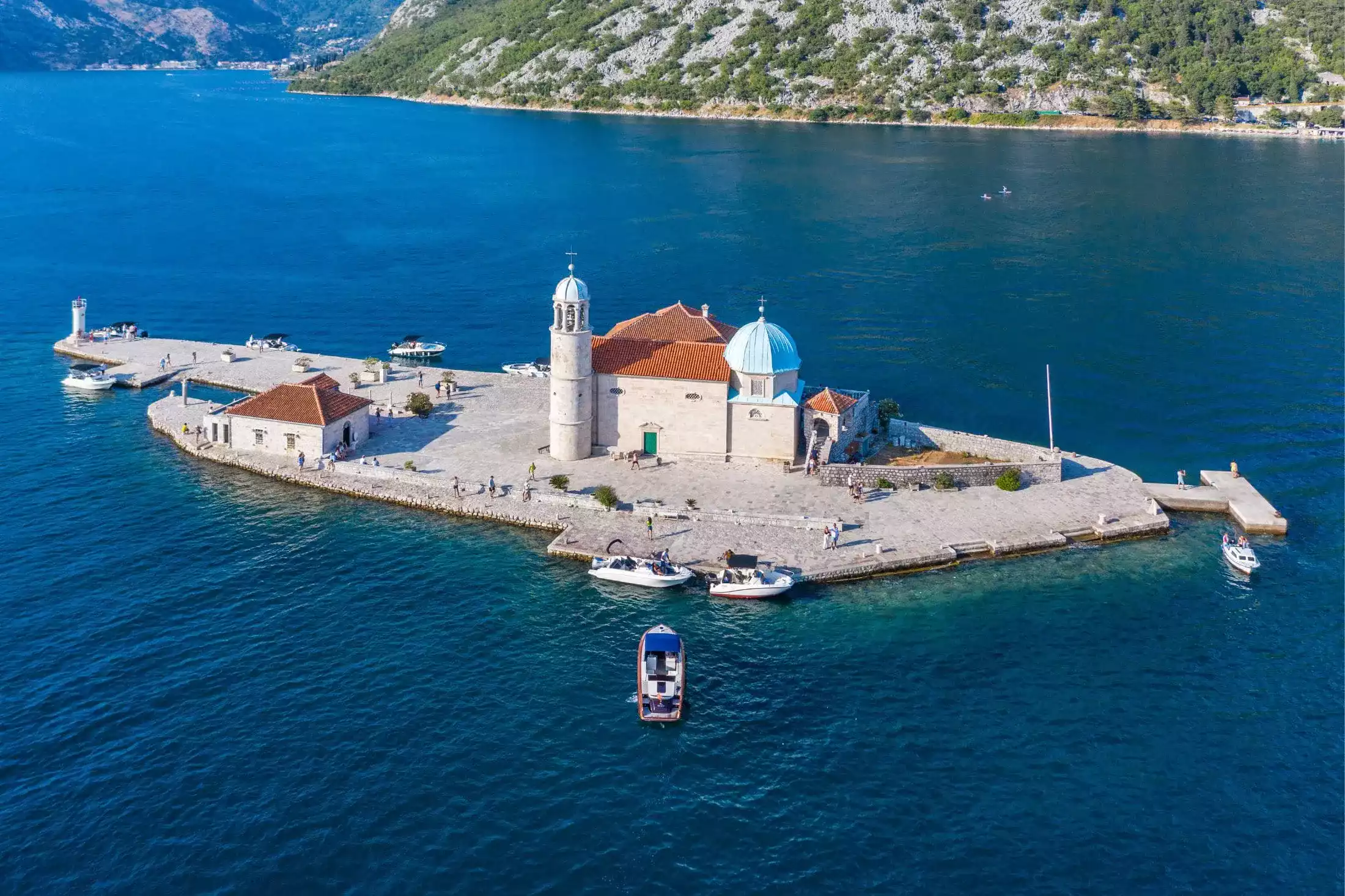
Kotor Bay
Natural and Culturo-Historical Region of Kotor, a dramatic union of mountainous terrain and the Adriatic Sea, boasts well-preserved medieval architecture. The Old Town of Kotor, a fortified city, is a labyrinth of historical treasures.
The Cathedral of Saint Tryphon, a symbol of Kotor’s faith and resilience, and the ancient city walls, offering panoramic views of the bay, are must-visits. The blend of Gothic, Romanesque, and Baroque architecture in this area showcases a rich historical tapestry. The heritage site also includes rustic settlements of Perast and Risan, as well as the two islets – The Island of St. George and The Lady of the Rocks.
The bay has been an important artistic and commercial center with its renowned schools of masonry and iconography. The intricate carvings and frescoes in the churches are a testament to this rich artistic heritage.
Durmitor National Park
Durmitor, a UNESCO-listed site, is a stunning display of nature’s artistry. It encompasses towering mountains, deep gorges, and dense forests. Home to diverse wildlife, including bears, wolves, and rare bird species, the park is a biodiversity hotspot.
The Tara River Canyon, within the park, is a haven for rafting enthusiasts and nature lovers and is the deepest canyon in Europe, the 2nd deepest in the world. The high plateau of Durmitor is called “Jezerska površ“ (Plateaus of Lakes) because of its 18 stunning lakes. Their captivating beauty earned them the nickname “Mountain Eyes“, and the most beautiful of the eyes are those of the Black Lake. Black Lake is a phenomenal destination for hiking and recreation and the absolute highlight of Durmitor. Because of all that, Durmitor is locally known as “the director of all mountains”.
This site also showcases the harmonious relationship between humans and nature. Traditional pastoralism, practiced in the region, reflects sustainable living in harmony with the environment.
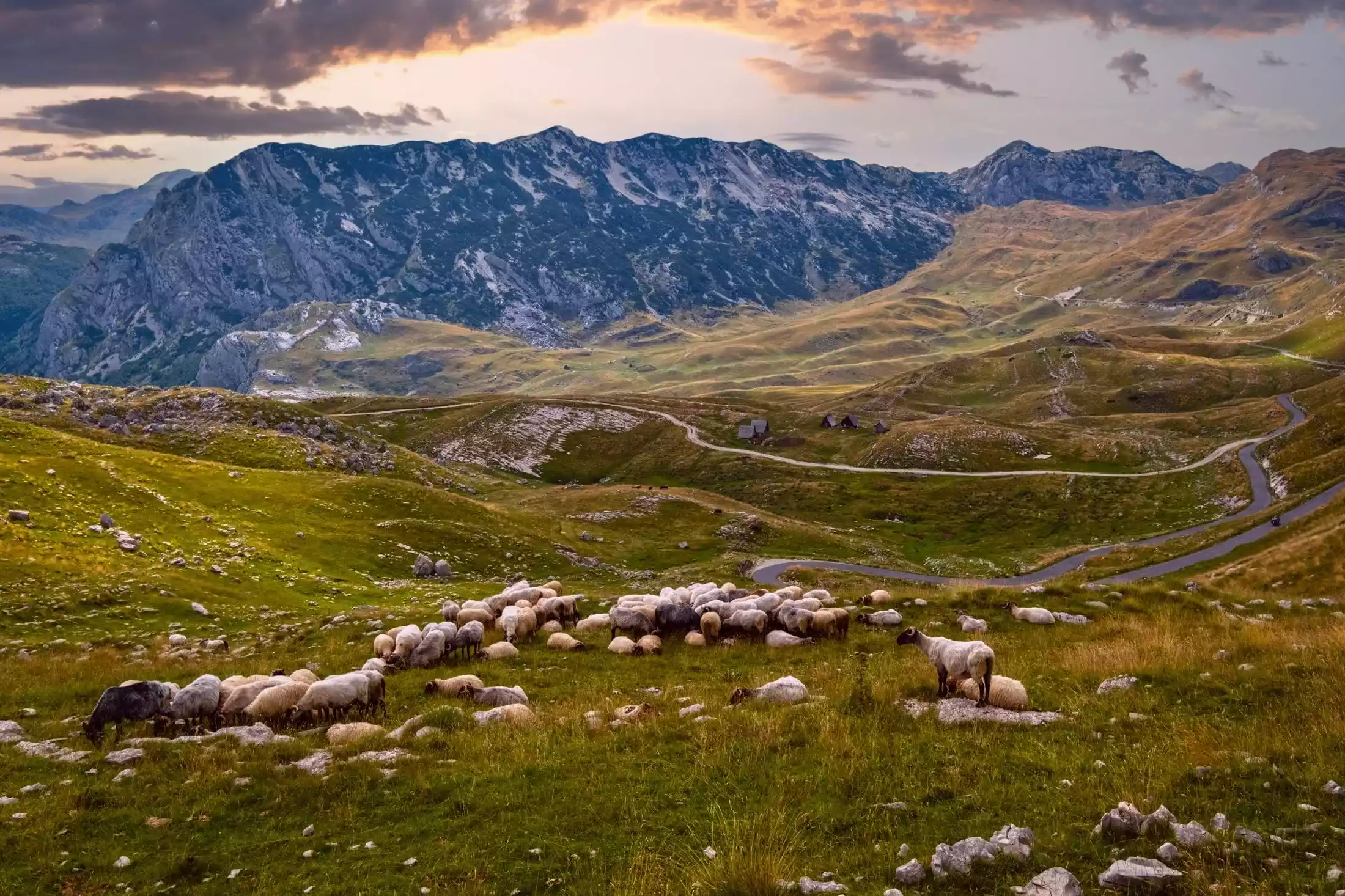
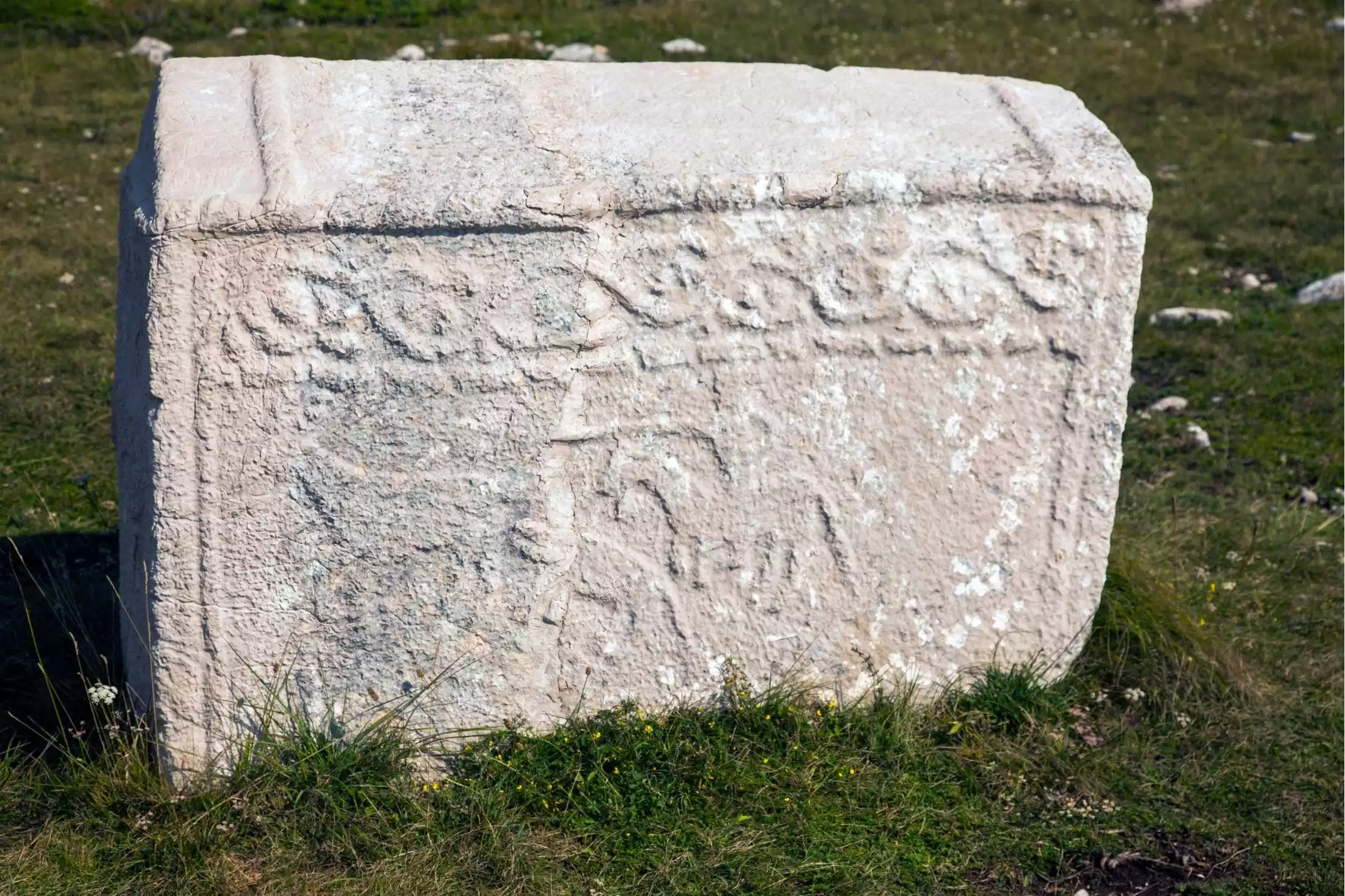
Stećci - Medieval Tombstones
The Stećci, scattered across Montenegro, are monumental tombstones dating back to the 12th to 16th centuries. They are remarkable for their unique decorative motifs and inscriptions.
These tombstones reveal a lot about the medieval Christian communities in the Balkans, their beliefs, social structures, and artistic expressions. The motifs on these stones range from simple crosses and swords to intricate interlace patterns, reflecting a fusion of various cultural influences.
Protecting these stones from weathering and human interference is a key concern. Their remote locations add to the challenges of conservation.
Three of the recorded 107 stećak sites in Montenegro are protected UNESCO World Heritage sites – two in Žabljak and one in Plužine.
Venetian Works of Defense
These fortifications, built by the Venetian Republic, demonstrate advanced military architecture of their time. They were crucial in safeguarding the maritime interests of the Republic. There are 6 Venetian fortifications in total (Italy, Croatia and Montenegro), and the Fortified City of Kotor is the oldest one.
Exploring these sites offers insight into the military strategies and architectural advancements of the Venetian era. They are also a reminder of the tumultuous history of this region, marked by conflicts and trade.
These sites serve not only as tourist attractions but also as educational platforms, providing insights into historical military architecture and urban planning.
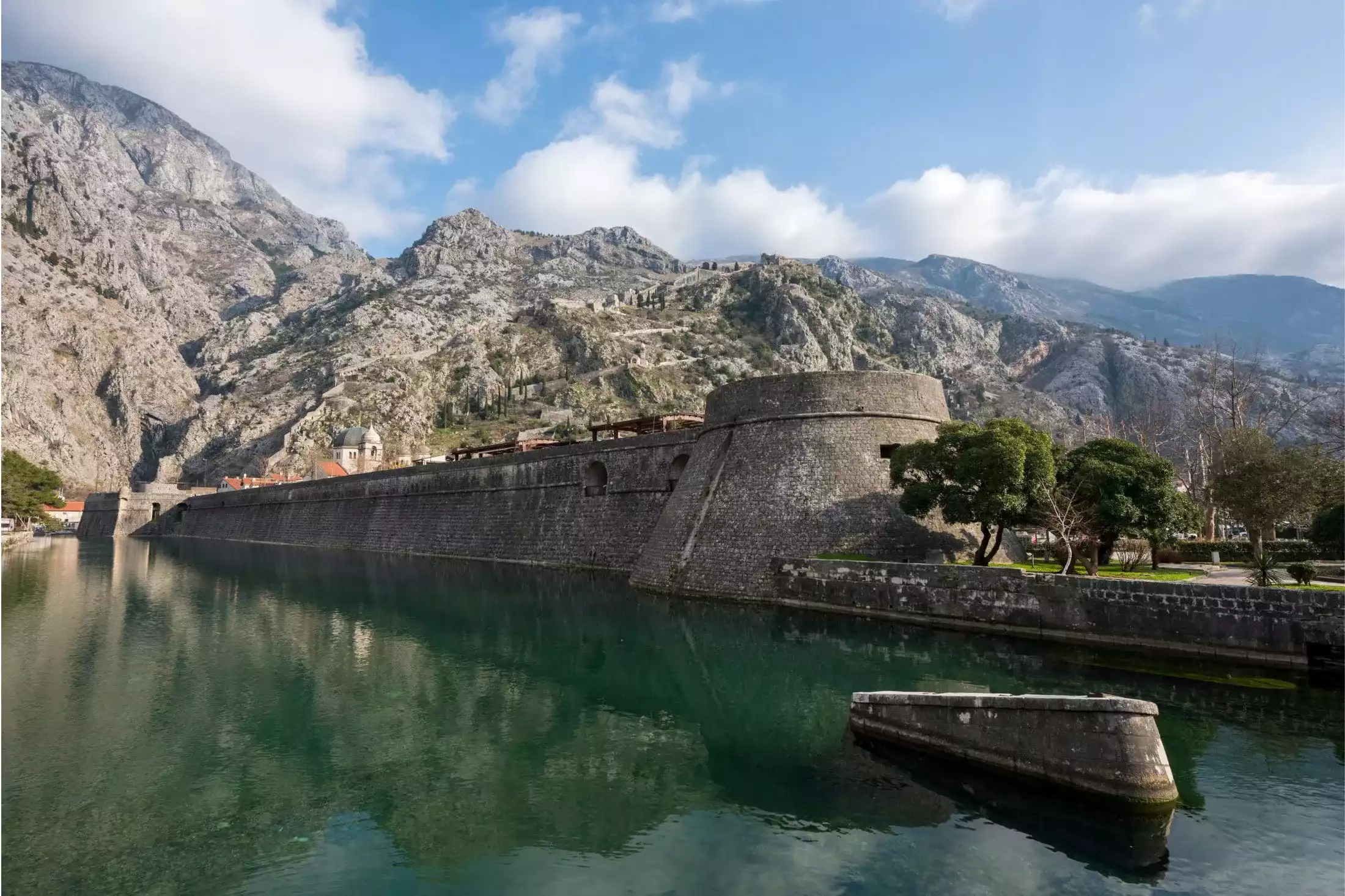
Conservation and Tourism
Montenegro’s commitment to conserving these sites is evident in its various preservation initiatives. It involves local communities, international experts, and government bodies. The challenge lies in promoting sustainable tourism that allows visitors to experience these wonders without compromising their integrity. This involves regulating visitor numbers, providing education on conservation, and developing infrastructure that minimizes environmental impact. CUE Podgorica, a Green Key Member, considers taking care of the environment of paramount importance.
Montenegro’s UNESCO sites are a blend of historical narratives and natural wonders. As we leave these sites, we carry with us a renewed appreciation for our shared heritage. Start your journey at CUE Podgorica, where every adventure into Montenegro’s rich history and stunning landscapes begins.



